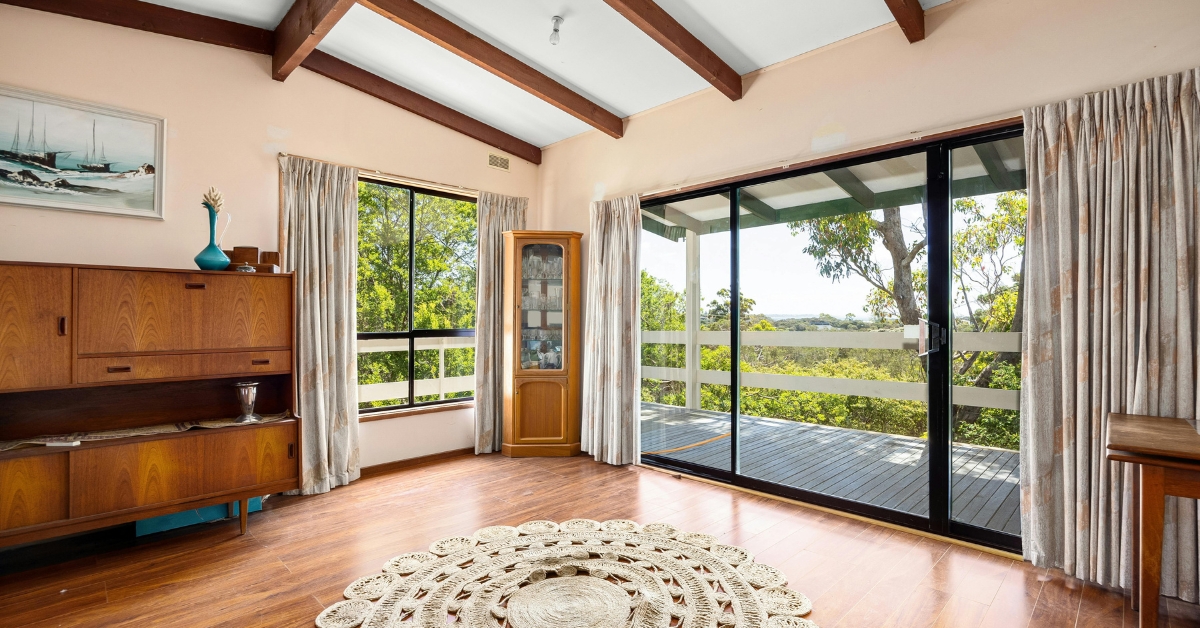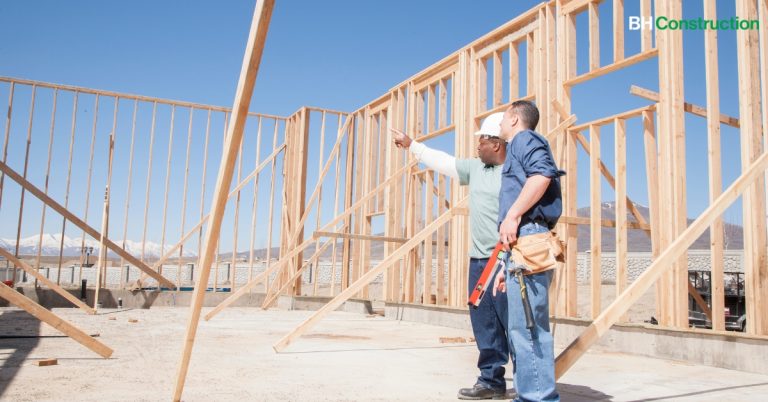Commercial Panic Bar Systems: Essential for Emergency Egress and Code Compliance
When it comes to commercial building safety, no exit strategy is complete without a properly installed commercial panic bar system. Often overlooked until an emergency arises, panic bars—also known as crash bars or push bars—are mandatory safety mechanisms in many public buildings, ensuring quick, secure, and safe exits during high-stress situations like fires, lockdowns, or evacuations.
This comprehensive guide will explore how panic bars work, their legal significance, installation requirements, and why they are an essential part of your facility’s emergency infrastructure.
What Is a Commercial Panic Bar?
A commercial panic bar is a horizontal door-opening mechanism installed on the inside of an exit door. When pushed, it releases the latch, allowing the door to swing open with minimal effort. The key advantage is that it enables fast egress without the need for unlocking or twisting a knob—making it perfect for use in emergencies, particularly in high-traffic or high-risk environments.
Panic bars are required by building codes in any structure where:
- The occupancy load exceeds 50 people
- The space serves the public (e.g., theaters, schools, restaurants)
- There’s a need for ADA-compliant or fire-rated exits
Why Panic Bars Are Mandatory in Many Commercial Settings
1. Emergency Egress
In a fire or security incident, panic can cause congestion at exits. A commercial panic bar allows people to exit swiftly and safely without needing instructions or dexterity.
2. Code Compliance
Panic hardware is mandated by most building codes, including:
- IBC (International Building Code)
- NFPA 101 (Life Safety Code)
- ADA Standards for Accessible Design
Failure to install compliant panic hardware can result in violations, legal liabilities, and insurance complications.
3. Fire Door Integration
Many fire rated commercial doors are required to include panic hardware. These doors must automatically close during fire emergencies while still allowing occupants to exit.
4. Security and Access Control
Modern panic bars can integrate with alarm systems, electric strikes, or electromagnetic locks—allowing security to be maintained even on emergency exit routes.
Types of Commercial Panic Bars
| Type | Functionality | Best Application |
|---|---|---|
| Rim Panic Bar | Mounts on surface of single doors | Retail stores, schools |
| Mortise Panic Bar | Internal locking system, cleaner look | High-security facilities |
| Vertical Rod Panic Bar | Engages top and bottom latches | Double doors, wide entryways |
| Concealed Vertical Rod | Internal rods for aesthetics and reduced tamper | Offices, hotels, museums |
| Alarmed Panic Bar | Sounds alarm when engaged | Controlled-access zones, exits to public areas |
Key Components of a Panic Bar System
To function reliably, a commercial panic bar system typically includes:
- Push Bar Mechanism: Horizontal bar that unlocks door when pressed
- Latch Bolt: Secures the door until pressure is applied
- Strike Plate: Receives the latch bolt
- Dogging Feature (optional): Allows door to remain unlocked during business hours
- Alarm or Sensor Integration: Connects to security or fire systems
- Electric Strike or Access Control (optional): For controlled re-entry
Where Panic Bars Are Required
Many commercial environments legally or functionally require panic bar systems:
| Facility Type | Why Panic Bars Are Needed |
|---|---|
| Hospitals and Clinics | Fast exits for patients and staff |
| Educational Institutions | Quick evacuation routes in emergencies |
| Office Buildings | Egress from stairwells and fire doors |
| Theaters and Arenas | Large crowds with potential stampede risk |
| Retail Spaces | Emergency exit doors to alleyways or rear exits |
| Warehouses | Safety-compliant exit strategy for large facilities |
Panic bars are often paired with steel commercial doors for enhanced durability and compliance.
Installation Guidelines
Correct installation is critical to meet legal and safety requirements. Here are the basics:
1. Door Type Compatibility
Panic bars can be installed on:
- Hollow metal doors
- Wood core commercial doors
- Fire rated commercial doors (UL-labeled hardware must be used)
2. Mounting Height
Per ADA and code requirements, the panic bar must be mounted:
- Between 34 and 48 inches from the floor
- Operable with less than 15 pounds of pressure
3. Direction of Swing
For egress doors requiring panic bars, the door must swing in the direction of egress travel (i.e., outward).
4. Alarm Integration
In secured areas, install panic bars with alarms or delayed egress features that notify staff of unauthorized exits.
5. Latch Design
Fire-rated doors must have latches that remain latched under pressure—an essential requirement under NFPA and IBC guidelines.
6. Field Labeling
If modifying a door for panic hardware installation, a certified technician must relabel the fire rating where applicable.
For expert implementation, always partner with a certified commercial doors service to ensure compliance and quality.
Advantages of Commercial Panic Bars
1. Life Safety
During emergencies, panic bars reduce the likelihood of injury or fatality by simplifying the act of opening a door—even under duress.
2. Compliance Assurance
Installing a commercial panic bar system ensures your business is aligned with IBC, NFPA, and ADA requirements—protecting you from legal and regulatory issues.
3. Security Control
Modern panic bar systems integrate seamlessly with:
- Keyless entry systems
- Fire alarm triggers
- CCTV and surveillance
- Electric locks and buzzers
This ensures building security without compromising emergency egress.
4. Durability
Commercial panic bars are designed for high-cycle usage. When installed on steel commercial doors or commercial overhead doors, they provide years of dependable operation with minimal maintenance.
Maintenance Tips
Like any critical safety system, panic bars must be maintained to function reliably:
| Frequency | Maintenance Task |
|---|---|
| Monthly | Test operation under normal and panic pressure |
| Quarterly | Lubricate latch and moving parts |
| Annually | Perform full fire and ADA compliance check |
| As Needed | Replace worn components or adjust alignment |
Fire-rated doors with panic bars must undergo annual inspection as per NFPA 80.
Common Problems and Solutions
| Problem | Cause | Solution |
|---|---|---|
| Bar doesn’t retract latch | Jammed mechanism or misalignment | Lubricate or realign strike plate |
| Alarm doesn’t sound | Faulty battery or wiring | Replace batteries or inspect alarm unit |
| Door swings open too fast | Faulty closer mechanism | Adjust or replace door closer |
| Panic bar rattles when unused | Loose screws or improper installation | Tighten hardware and secure bar ends |
| Door sticks or slams | Improper door closer setting | Adjust closer pressure or check hinges |
Partnering with a professional commercial doors service ensures issues are identified and resolved before they pose a safety risk.
Integration with Other Door Systems
A commercial panic bar can be effectively integrated with:
- commercial glass entry doors (with fire-rated glazing and hardware)
- fire rated commercial doors in stairwells or corridors
- commercial roll up doors with adjacent emergency exits
- commercial garage door repair company services for adjacent egress zones
The panic bar system serves as a unified part of a larger building safety and security strategy.
Regulatory Standards
When installing panic hardware, the following standards must be met:
| Standard / Regulation | Purpose |
|---|---|
| NFPA 101 | Life safety and egress design |
| IBC (International Building Code) | Panic hardware use and rating |
| UL 305 | Panic hardware testing and certification |
| ADA Compliance | Ensures accessibility for all users |
| ANSI/BHMA A156.3 | Hardware performance and safety testing |
All components should bear a certification label from an accredited testing laboratory.
Whether for compliance, life safety, or streamlined emergency egress, the commercial panic bar is an indispensable part of any commercial building’s safety system. As businesses face increasing legal, operational, and safety demands, panic hardware stands as both a legal necessity and a life-saving asset.
To ensure the correct installation and maintenance of panic bars and associated door systems, partner with a qualified commercial doors service. Their expertise guarantees your system not only meets code but performs reliably when it matters most.



